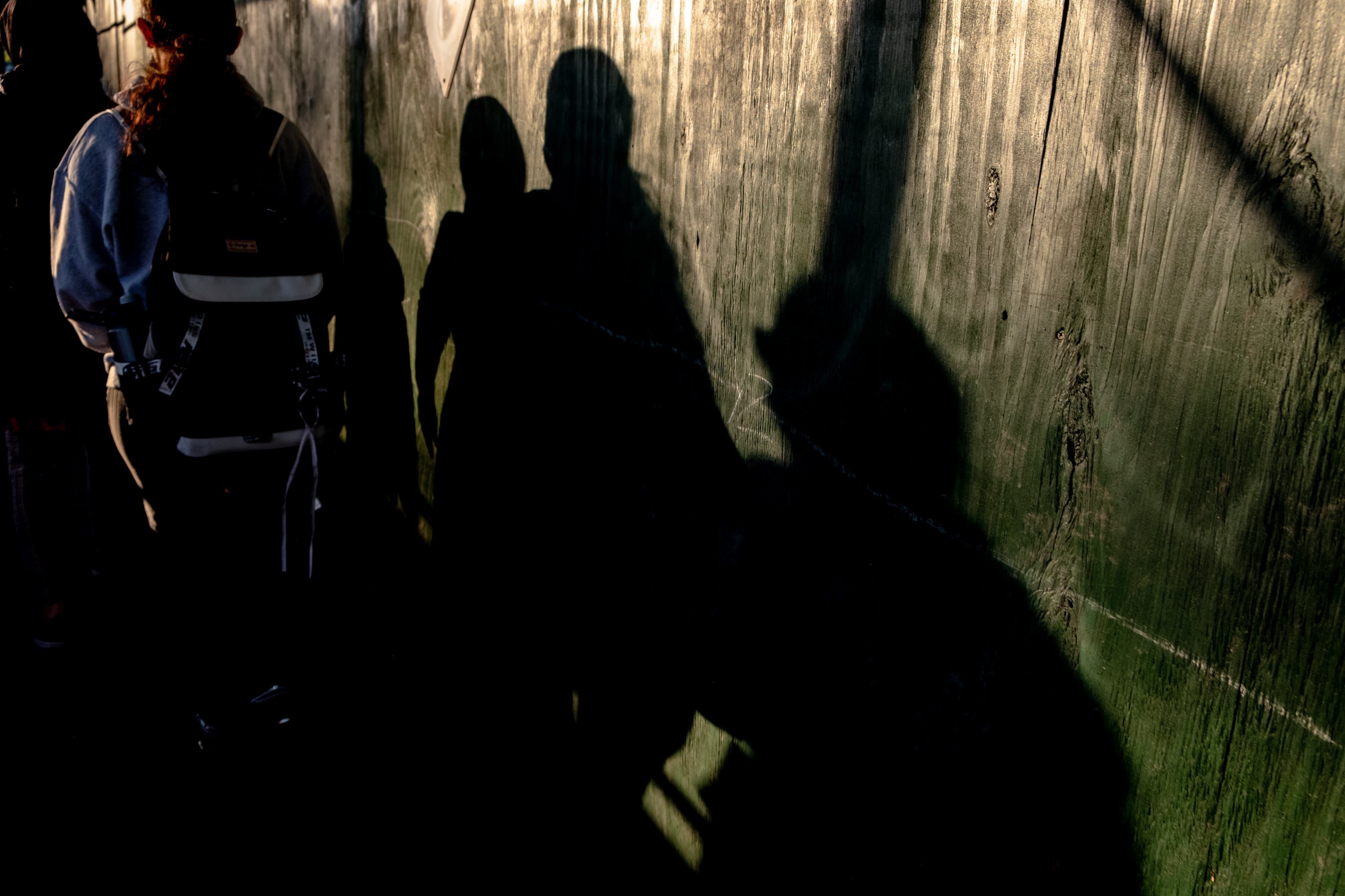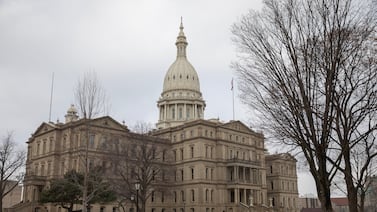Sign up for Chalkbeat New York’s free daily newsletter to get essential news about NYC’s public schools delivered to your inbox.
More than 150,000 New York City students experienced homelessness last year, setting yet another record high according to new data obtained by the nonprofit Advocates for Children.
The staggering total, which includes students who lived in shelters along with those doubled up with family or friends, is larger than the entire Dallas school system. During the 2023-2024 school year, roughly 146,000 city students were homeless.
“Every year for the past decade, more than 100,000 students in our public schools have been homeless,” said Jennifer Pringle, Director of Advocates for Children’s Learners in Temporary Housing Project.
“This year alone, we’ve worked with families whose children already missed an entire month of school because of the lack of coordination between the shelter and school systems,” she added.
The ongoing rise in the number of homeless students, now more than double what it was in 2010 even as the overall student population has shrunk, is a reflection of both the city’s acute housing shortage and the surge of migrant families who have filled homeless shelters in recent years.
Since the influx of asylum seekers began in summer 2022, the city’s public schools have absorbed an estimated 50,000 new students in temporary housing.
Last year, roughly 65,000 students spent time in another shelter, while another 82,000 were doubled up, according to the data.
After President Donald Trump began his second term in January, immigration slowed dramatically, and the rate of new families entering city shelters slowed to a trickle. The city’s shelter population has dwindled since its peak in winter 2023 as the city shuttered many of its emergency shelters.
Student homelessness is most acute in the Bronx, where 17% of students — almost 1 in 5 — went without permanent housing. In Staten Island, the figure was 6%.
Homeless students continued to fare worse on almost every educational metric than their peers in permanent housing. Two-thirds of students in shelters were marked chronically absent last year, compared to less than a third of students in permanent housing.
And while the chronic absenteeism rate went down slightly citywide last school year, it ticked up for students in shelters. Longstanding challenges including insufficient transportation for kids placed in shelters far from their schools continue to hamper attendance, advocates said. And many immigrant families in the city’s largest shelters kept their kids home out of fear in the wake of Trump’s inauguration.
Advocates praised some of the city’s efforts in recent years to support homeless students, including hiring dozens of Education Department staffers who work in shelters to help families sort through educational challenges. But advocates are pushing for larger structural changes, including revamping school bus contracts to improve service for students in shelters and amending the state’s school funding formula to direct extra money to districts with higher proportions of homeless students.
Advocates also encouraged the next mayor to push city agencies to work together to place students in shelters in the same borough as their school.
Zohran Mamdani, the frontrunner in the mayoral race, has said the high rate of student homelessness is one of the biggest challenges for the education system. He’s pledged to expand a pilot program called Every Child and Family is Known that matches homeless students with adult mentors in their schools.
Michael Elsen-Rooney is a reporter for Chalkbeat New York, covering NYC public schools. Contact Michael at melsen-rooney@chalkbeat.org






